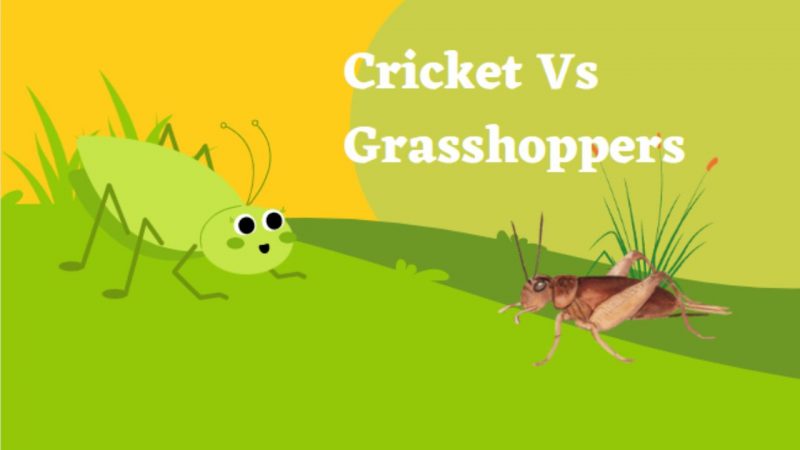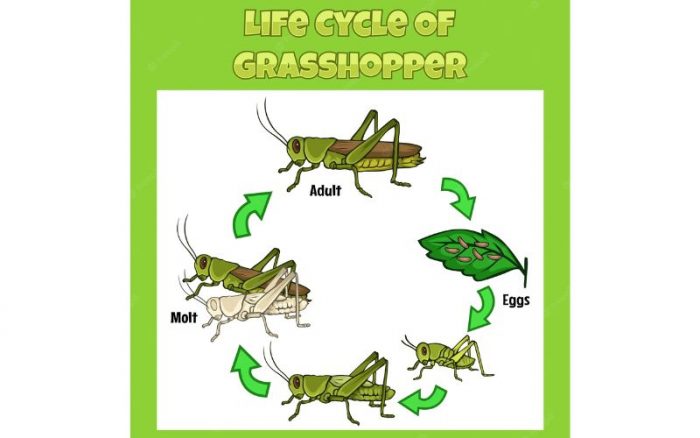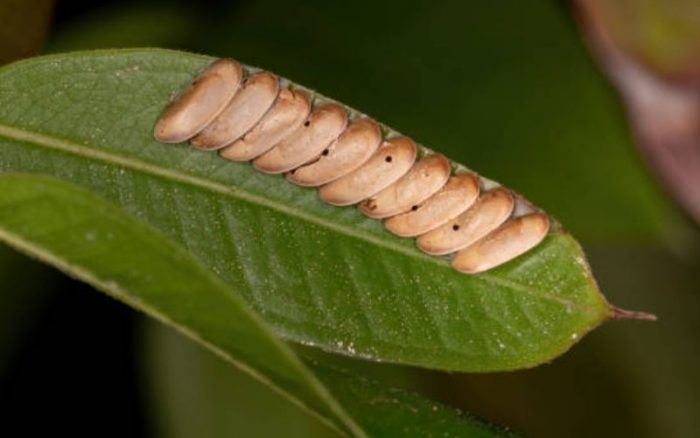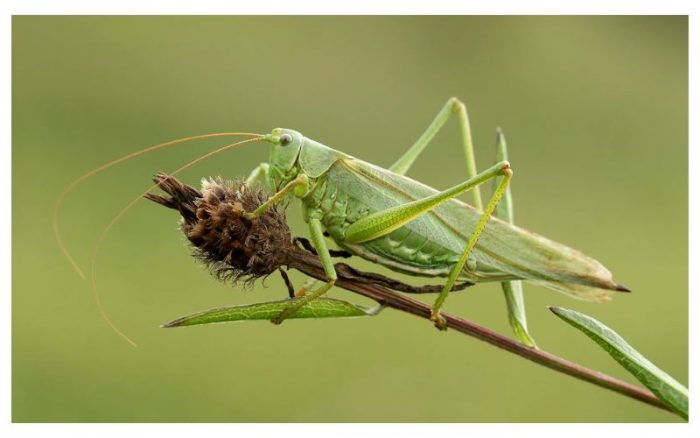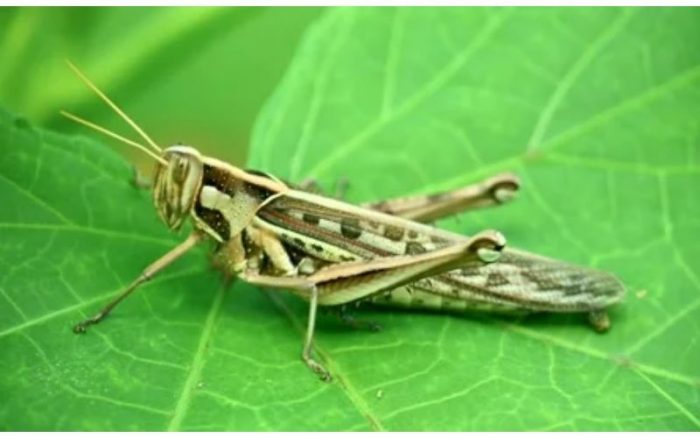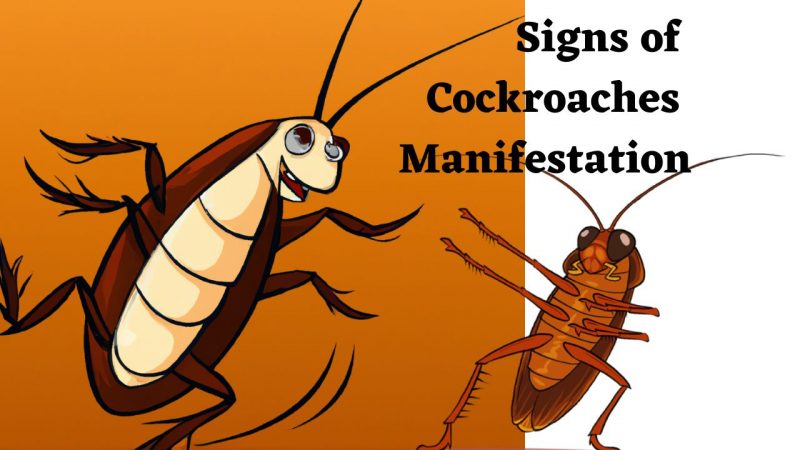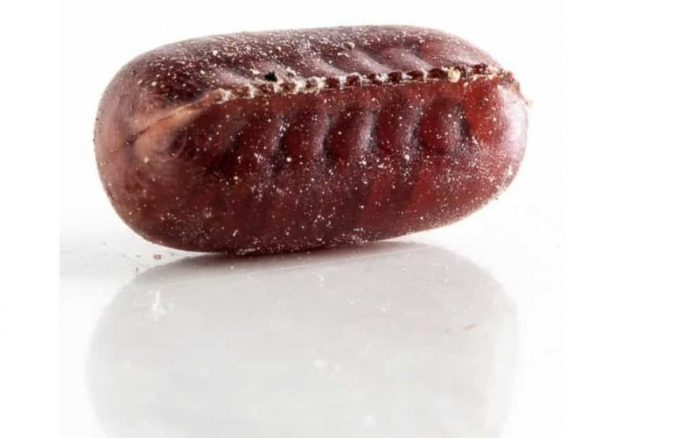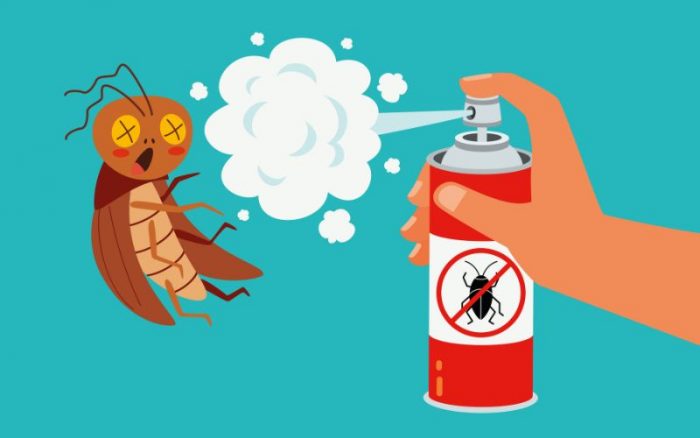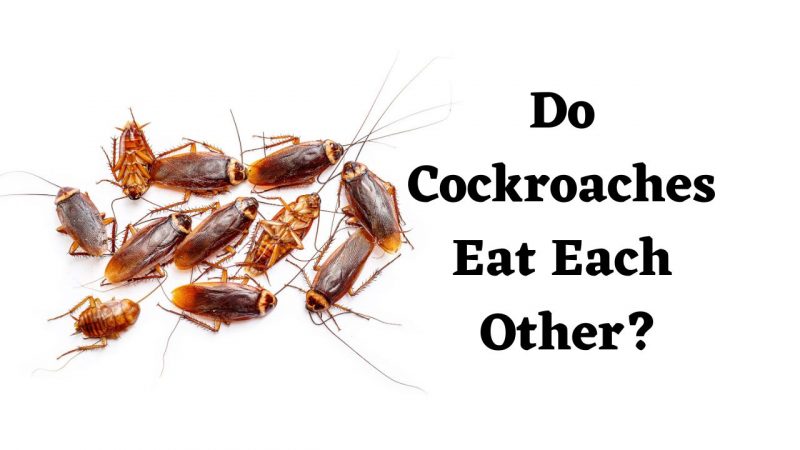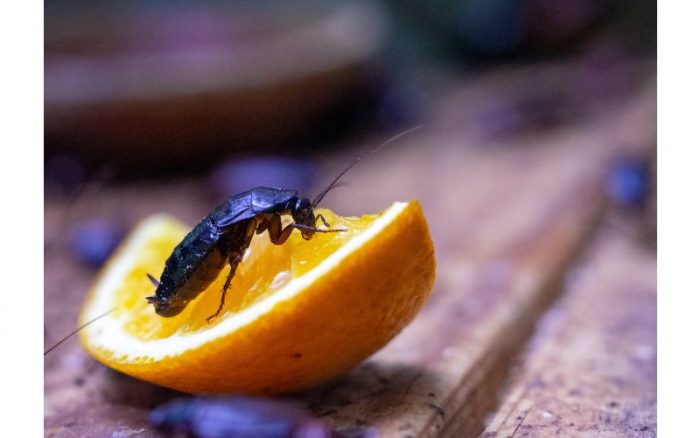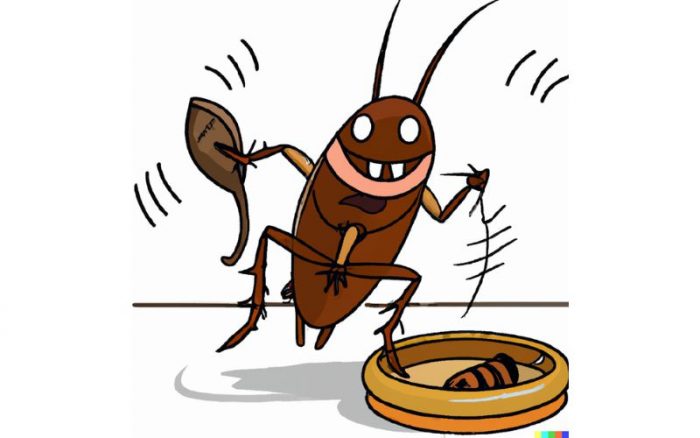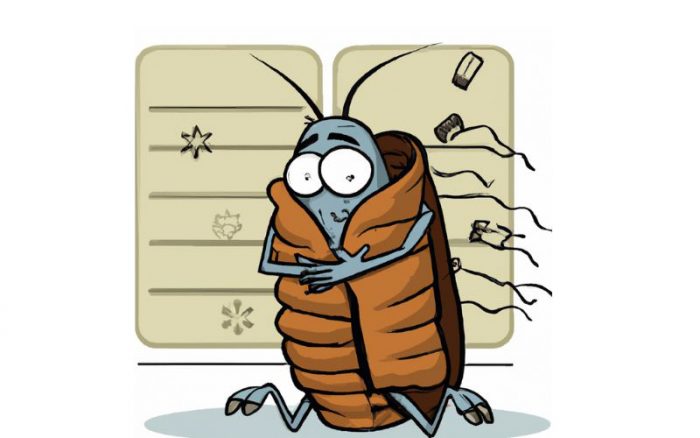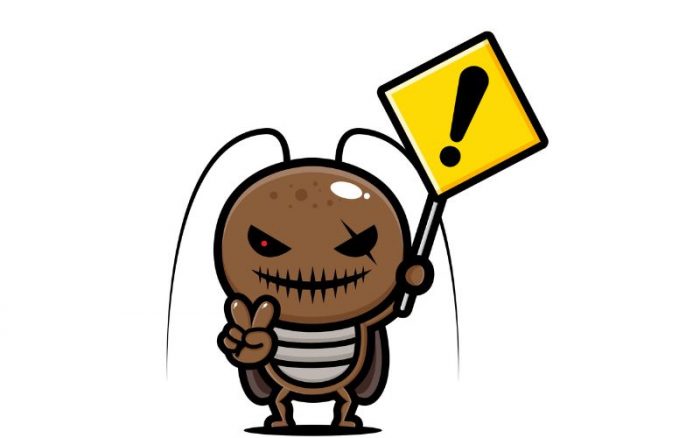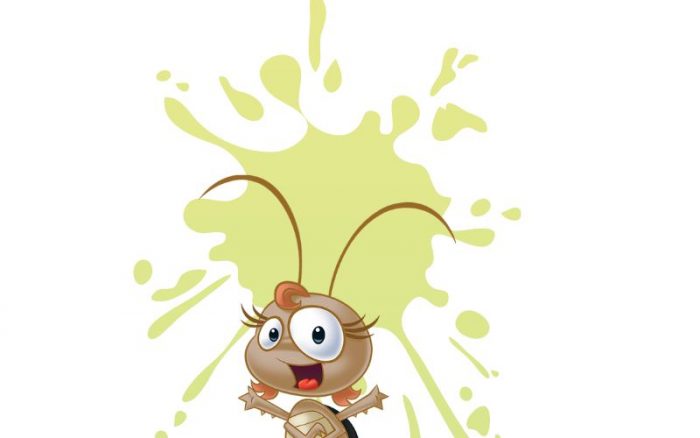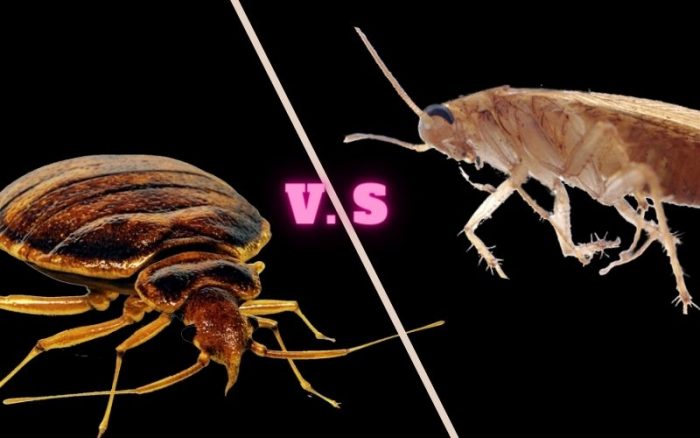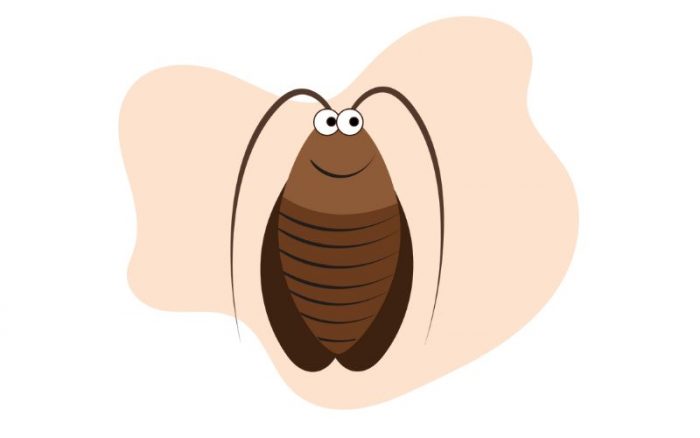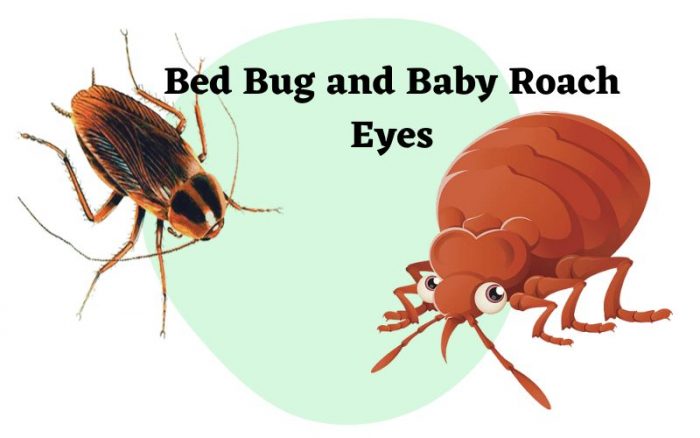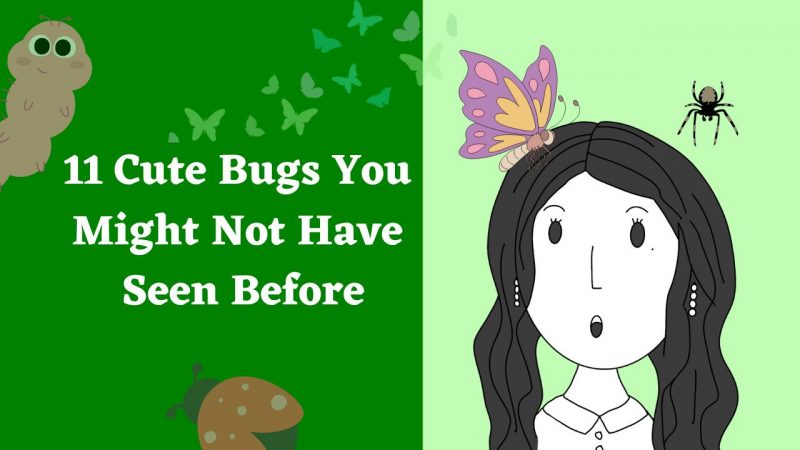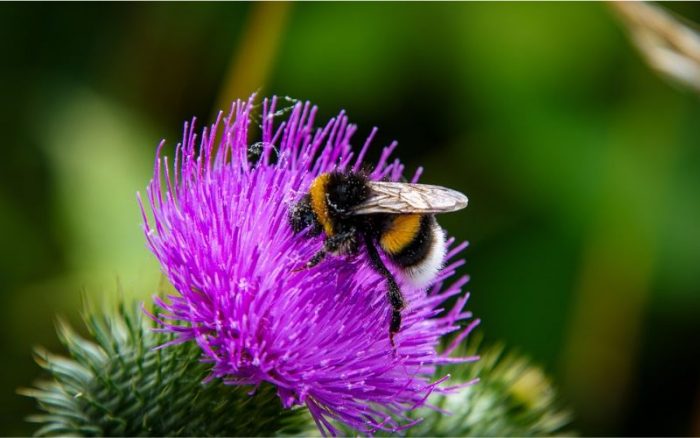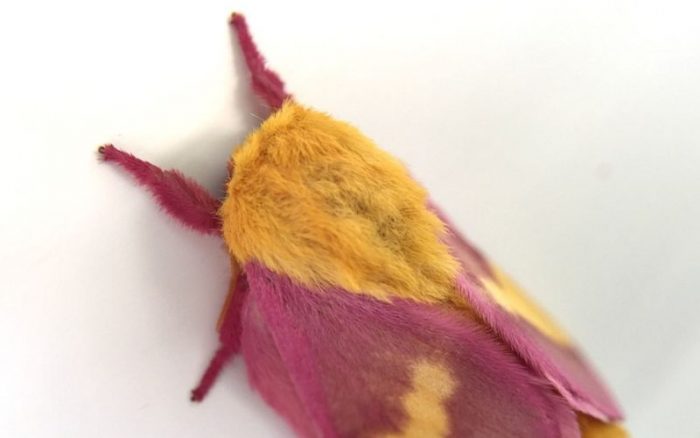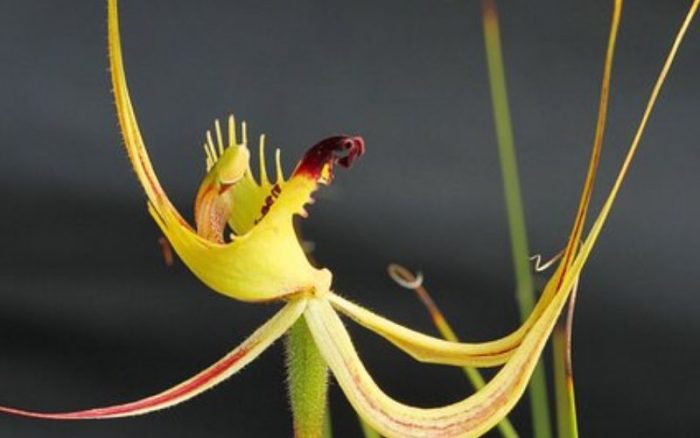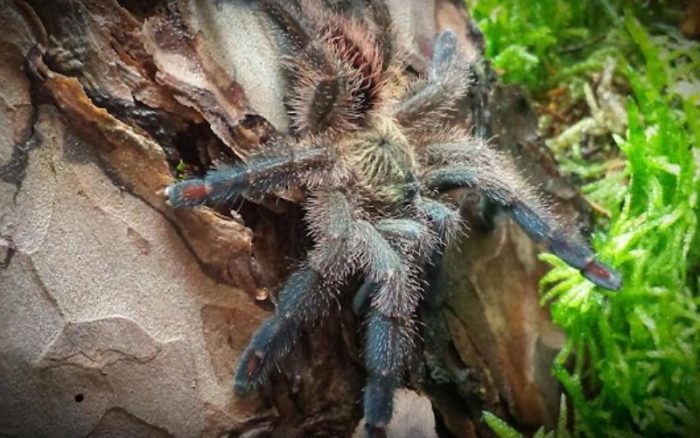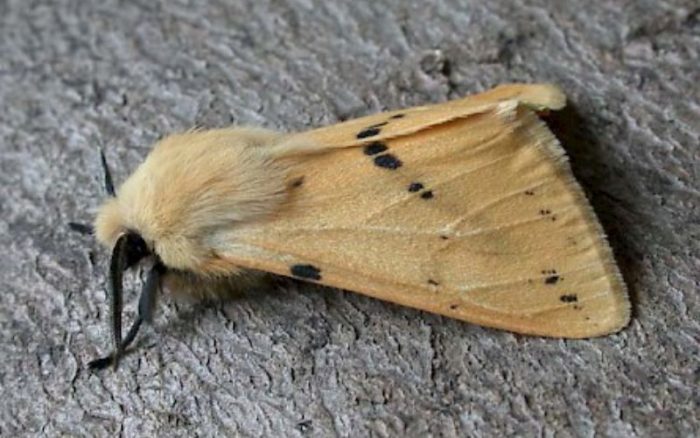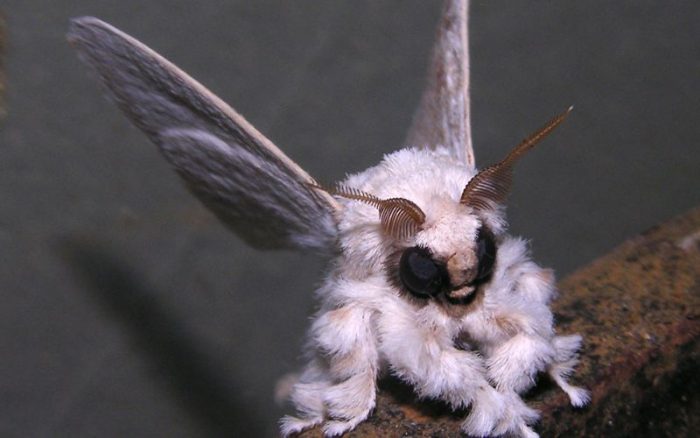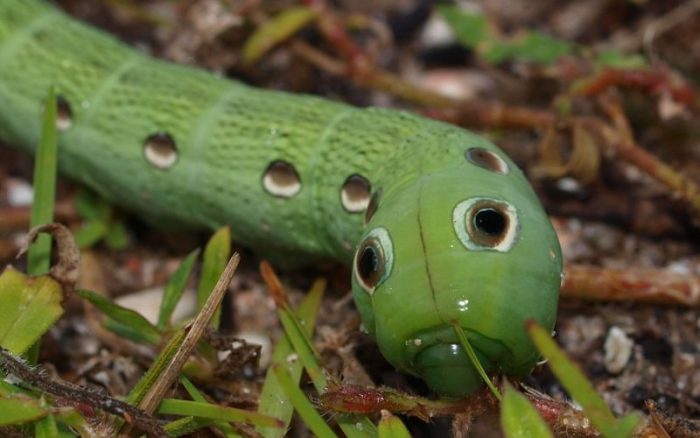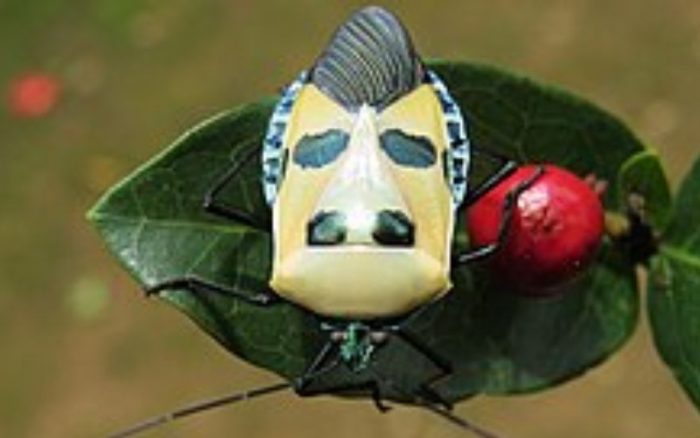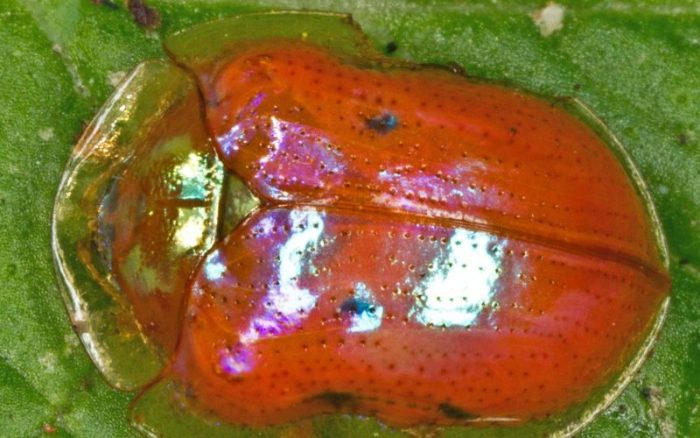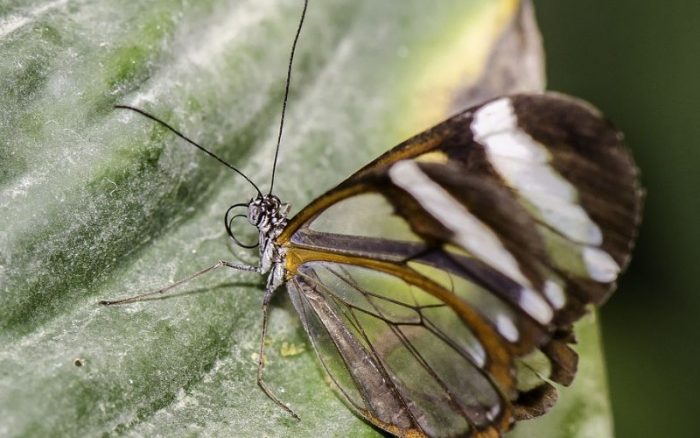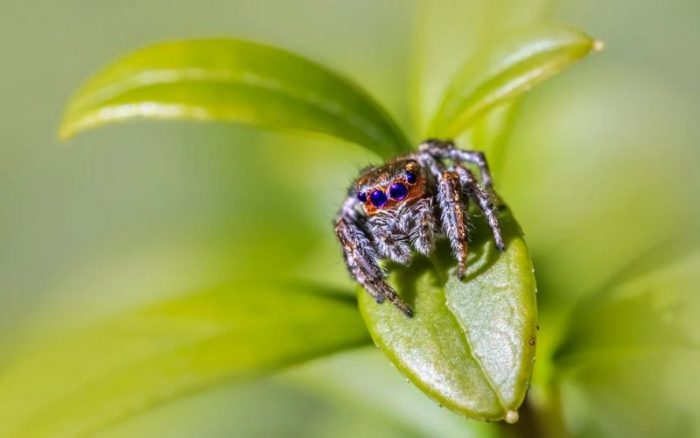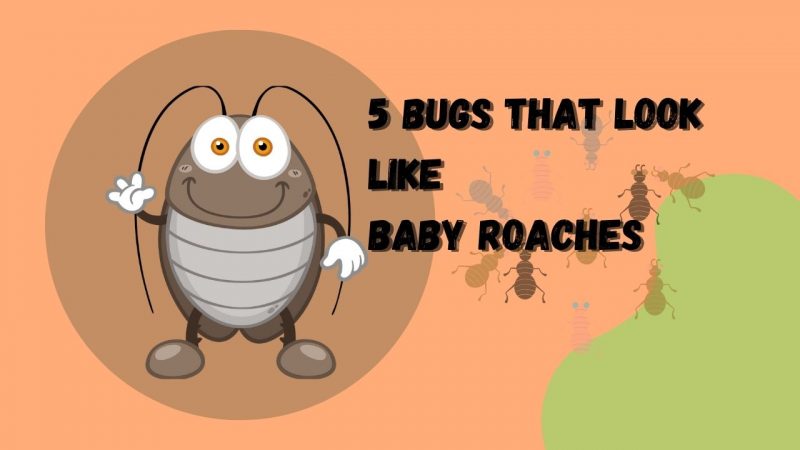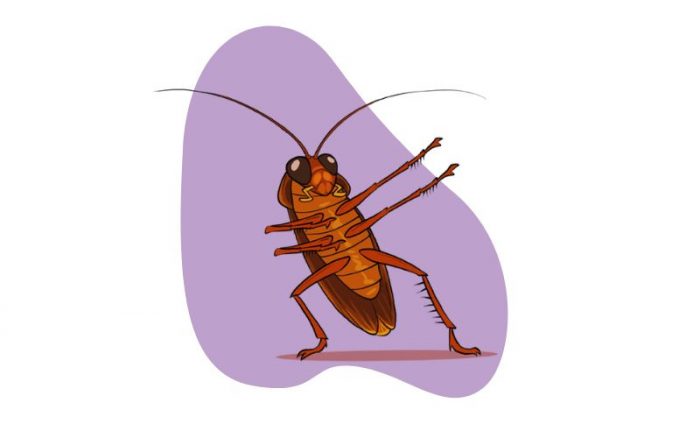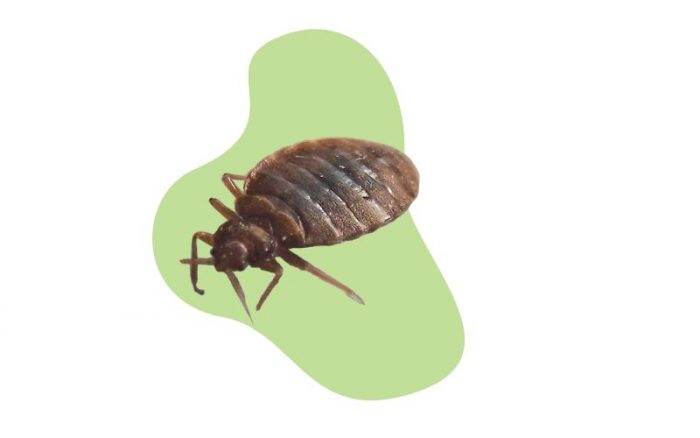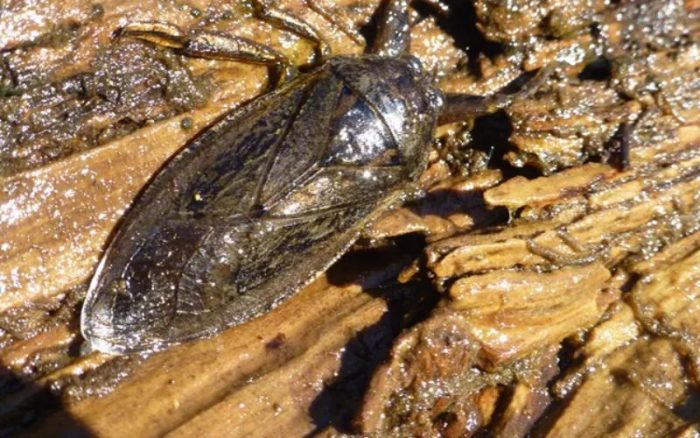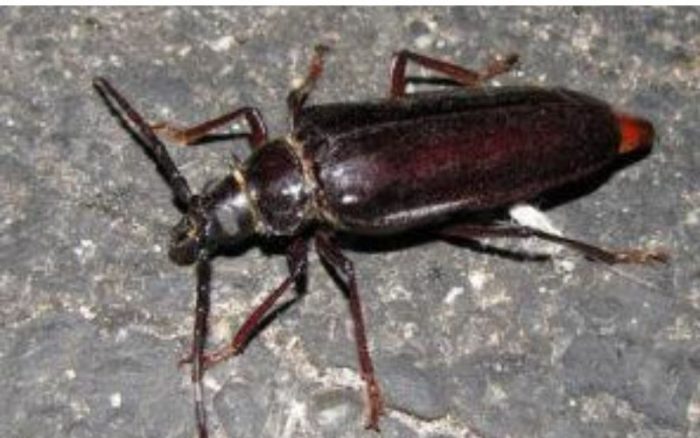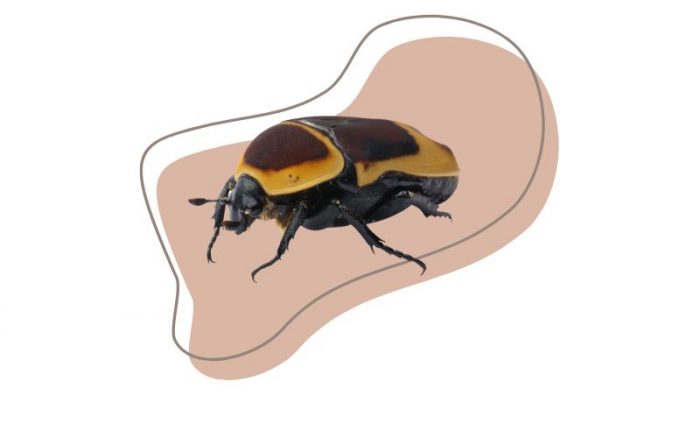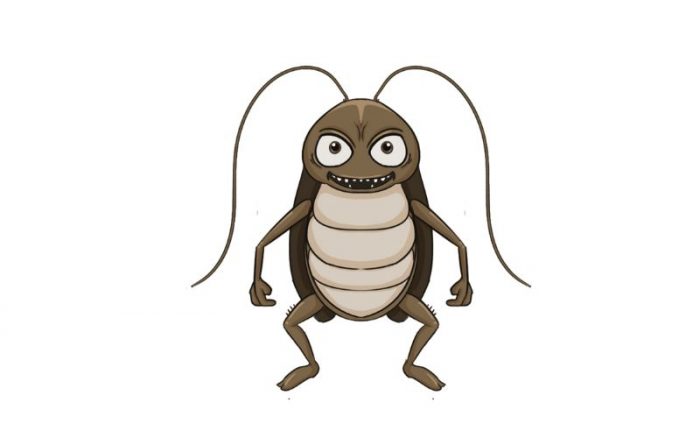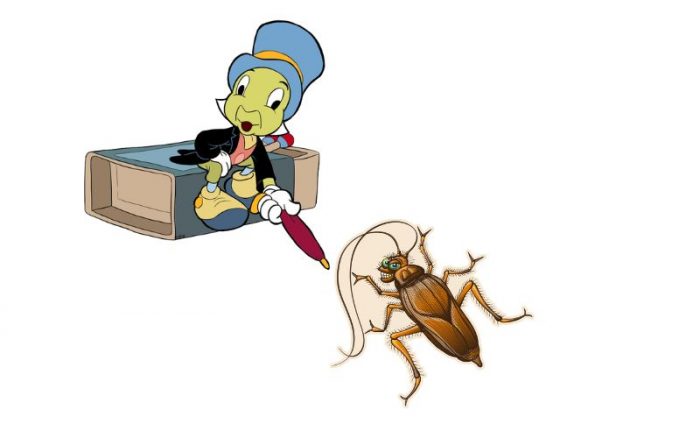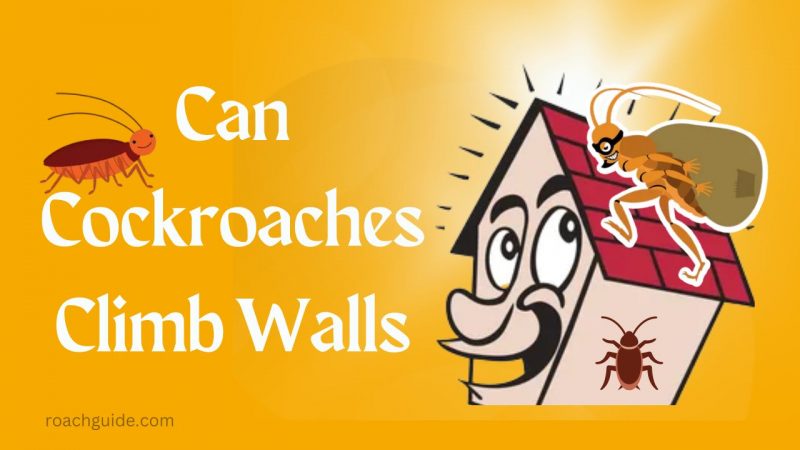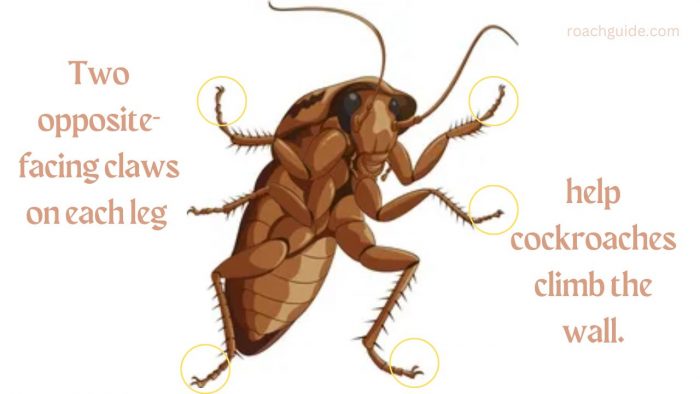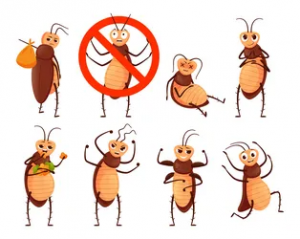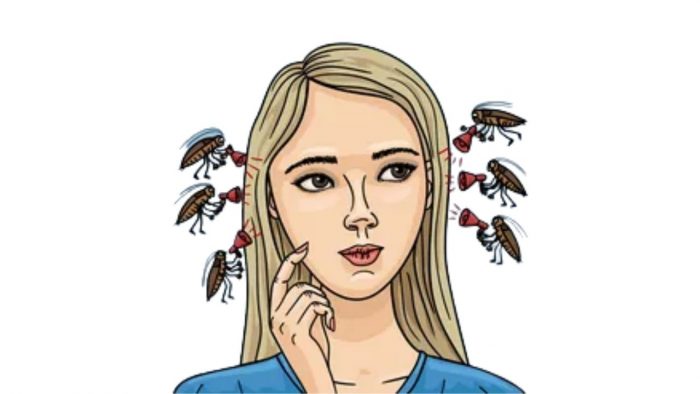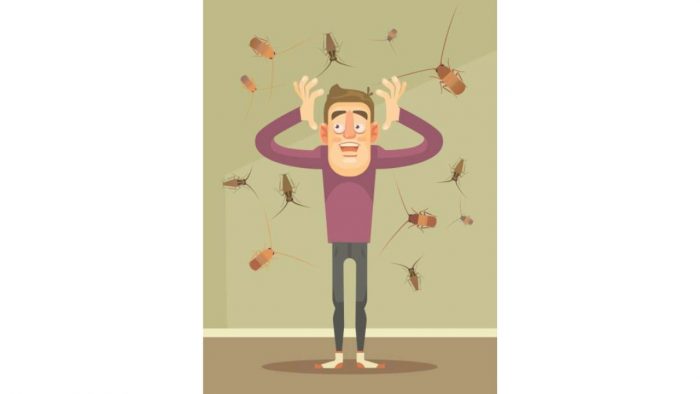Grasshoppers and crickets may look the same. Most grasshoppers are brown, making it very hard to figure out if it is a cricket or a grasshopper. We have created a list of differences to help you better understand – Cricket Vs. Grasshoppers.
Cricket vs Grasshoppers – Table of Differences
Below are the points of difference between a grasshopper and a cricket –
| Points | Grasshoppers | Crickets |
| Length | 4.5 inches (approx.) | 2 inches (approx.) |
| Color | Green, brown | Black, brown |
| Diet | Herbivore | Omnivore |
| Sound | Chirping sound made when they rub their hind legs on their wings | Chirping sound made when rubbing the wings. |
| Lifespan | 12 months | 8 to 10 weeks |
| Jumping Distance | 2.6 feet | 3 feet |
| Number of Species | 11,000 + | 2,400 + |
| Antennae | Short and Stubby | Long and Wispy |
| Active During | Day | Night |
Cricket Vs Grasshoppers – Differences
Below are the differences covered between a cricket and a grasshopper –
Cricket Vs Grasshoppers – Length
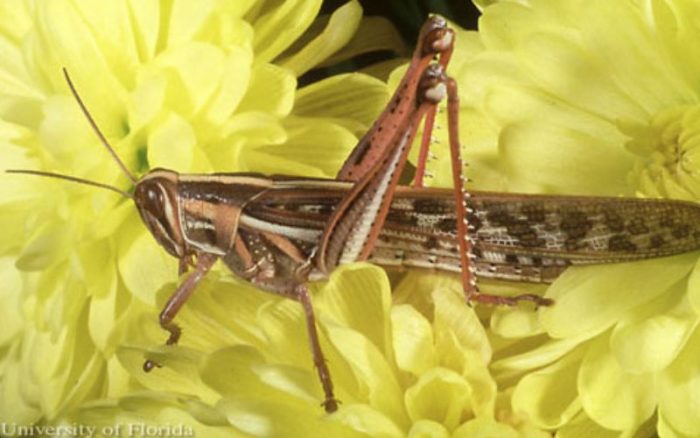
The length of the cricket is around 2 inches (depending on the species), whereas some species of grasshoppers are 4.5 inches long. So, as compared, crickets are smaller than grasshoppers.
Cricket Vs Grasshoppers – Color
Crickets are usually brown and black. They look a little dusty. However, some species of crickets, such as Great Green Bush Crickets, are green in color. On the other hand, you will find grasshoppers of green and brown colors. Though the brown-colored grasshoppers are rarely seen, you will find green grasshoppers everywhere. Some grasshoppers are bright in color with brown patches on their wings. One such grasshopper is the Spur-Throated Grasshopper. They are mostly found in North America.
Cricket Vs Grasshoppers – Diet

Crickets are omnivores. They eat dead insects, bug larvae, grass, fruits, and flowers. Whereas grasshoppers are herbivores in nature. They usually eat plants, leaves, seeds, stems, etc. Some brown grasshoppers, also known as locusts, when in swarms, tend to feed on crops and destroy them, says the National Geographic.
Cricket Vs Grasshoppers – Sound
Crickets and grasshoppers make high-pitched sounds using their wings. But they do it in different ways. Crickets chirp by rubbing their wings together. However, grasshoppers make a sound by rubbing their hind legs against the front part of the wings. Male crickets make sounds to attract female crickets – which is the same for grasshoppers.
Female grasshoppers chirp but do not make as much sound as the males. On the other hand, female crickets don’t chirp.
Cricket Vs Grasshoppers – Lifespan
A grasshopper can live up to 12 months, whereas a cricket can live up to 8-10 weeks. However, the lifespan depends on their species.
Cricket Vs Grasshoppers – Jumping Distance

Crickets and grasshoppers are great jumpers despite their sizes. If we calculate, we conclude that crickets can jump longer than grasshoppers. A cricket can jump to 3 feet, whereas a grasshopper can only jump to a distance of 2.6 feet.
Cricket Vs Grasshoppers – Number of Species
There are more grasshoppers than crickets globally. This is because the number of grasshoppers is over 11000, whereas there are only 2400 species of cricket discovered to date. Both insects are found worldwide, except in Antarctica – as they cannot survive the cold climate.
Cricket Vs Grasshoppers – Antennae
Antennae are a part of the anatomy of crickets and grasshoppers. A cricket has long antennae, whereas a grasshopper has short and stubby antennae. Did you know – crickets use their antennae as feelers to navigate through things around them? Also, two males fight by pressing their antennae against each other to impress a female cricket, and whoever wins gets to mate with the female cricket.
Cricket Vs Grasshoppers – Active During
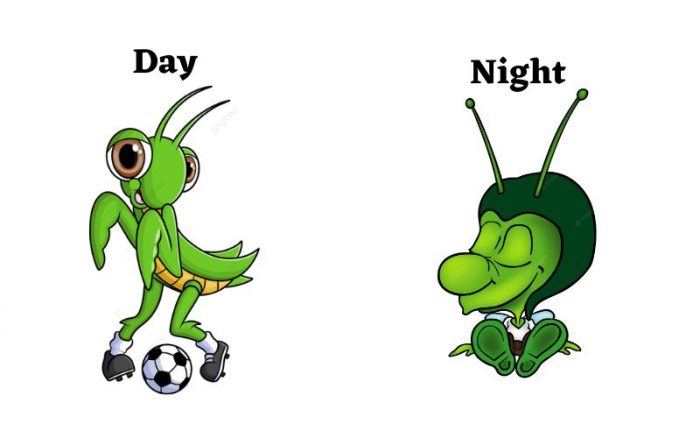
Both insects are active during different times of the day. Crickets can be heard at night, whereas grasshoppers are primarily active during the day. They dance, sing, and hunt for food to eat all day long. So, if you hear chirping during the day – it is not cricket.
Conclusion
Now you know the difference between crickets and grasshoppers. It will be easier for you to identify one. These creatures co-exist in nature and share some similar traits. So, if you are lucky enough, you’ll find crickets and grasshoppers in your garden – you can hear the grasshopper chirping during the day and crickets at night.
